There has long been a debate about which is better for children—quality time or quantity time.
Quality time means a parent interacts with his children for a limited, intensive, specified time. Quantity time means that a parent spends the greater portion of his time with or near their children.
Numerous research studies exist on this topic with the results being contradictory. Some studies, such as the one published in 2001 by Miriam Arond of the University of Michigan, indicate that compared to 20 years ago, today’s parents are spending more time with their children.
Other studies, such as the one published in the late 1990s by Ellen Galinsky and her Manhattan-based Families and Work Institute, indicate that young children are more negatively affected by the stress reactions they see their parents have to their jobs than they are affected by the amount of time their parents spend with them. Galinsky’s work reports that parents who come home angry and complaining about their boss and co-workers and who are unhappy with their job do more harm to the developing child’s mind than do parents who come home from work with smiles and affirmations about their job. Paradoxically, the study also points out that parents believe their young children crave more time with them. The data concluded that the group most wanting more time from their parents as teenagers.
Children who are at risk for economic, social, emotional and educational problems often live in families where parents have difficulty interacting with them. One reason for this follows Galinsky’s findings. Parents spend long hours at work and when they are home are too tired or upset to be emotionally available for their children.
A second problem which puts children at risk is that some parents have not learned socially appropriate ways of relating to others, especially children. They treat their children as possessions, inanimate objects or miniature adults. While these children are not legally abused, it is obvious that their home environment is harsher than others.
Lastly, data from the National Institute of Mental Health suggests that children of parents who have mental illness are at higher risk for emotional, educational and behavioral problems.
Aware of these problems about time, nurturance and healthy development is the American Academy of Pediatrics (AAP). The Academy reports that pediatricians constantly hear from parents who say their busy, hectic schedules leave no time to spend with their children.
Pediatricians who ask: “How much time do you feel you need to spend with your child?” report that parents become uncomfortable and reply that they should be spending several hours a day playing with their children. Parents complain that their children often whine and beg, “When are you gonna play with me?” To that end, the AAP suggests “Choice Time” as an alternative to watching TV or playing computer games. The activity is very simple, and best of all, it’s free!
Choice Time
Parents commit to at least 20-30 minutes of time each day playing with their children. Choice Time is designed for the child to choose a play activity and for the parents to play along. However many minutes the parent chooses to include when she initiates Choice Time, those number of minutes must remain consistent each day.
Start Time & End Time
While the time of day can vary, Choice Time should have a start time and an end time. These times are enforced by the parent. This teaches a child to expect parental limits. If the child has difficulty complying with the parent’s request, a timer can be added as additional reinforcement. Activities need to end on time, and parents need to bring the child home from the playground or exit the room to signify that “when time is up, time is up.”
Give a Five-Minute Warning
A five-minute warning is given to signal the child that Choice Time is almost over. This teaches children to learn to clean-up and it desensitizes them to transitions.
Teach Organization
If a board game or art activity is being played, the child has a choice of putting it away or electing to leave it out for continued play the next night. However, if the child changes his mind the next night, all materials are put away before another activity is chosen. This teaches organization.
Be Consistent
The AAP advises that Choice Time occur well before bedtime, so the child does not confuse it with his bedtime routine. It also advises parents to plan around Choice Time when other evening activities are on the agenda. This builds trust
and security. For parents whose children moan, “You never play with me,” or “you never spend time with me,” consistent Choice Time gives them a healthy solution.
Choice Time is FaceTime
Choice Time is based on face-to-face communication. Watching
TV, going to movies or playing video games are not options. FaceTime teaches children appropriate social interactions and gives parents the opportunity to offer praise and other comments that reinforce self-esteem. Examples of these comments are:
“You really know about _______________!” or
“I look forward to watching you _________! “or
“What you want me to know about ______________ is _______________.”
Another effective technique with children is called “mirroring.” With mirroring, you repeat back to the child the exact words she is saying. For example:
Lucy: I can’t wait to play on the see-saw! It’s going to be so-o-o much fun!
Mom: What I’m hearing you say is you can’t wait to play on the see-saw! It’s going to be so-o-o much fun! I see how happy you are to be here!
Playgrounds & Choice Time
Playgrounds are wonderful locations for Choice Time to take place at because they are designed for fun. Not only can the child demonstrate mastery over the playground equipment, parents can get in touch with the playful side of themselves. In doing so, it allows children to see a lighthearted side to their parents, and it gives them permission to be lighthearted themselves.
Clinical psychologist Sharna Olfman, Ph.D., agrees that making time for play is vital for children’s health. An expert on child development whose books include All Work and No Play, Childhood Lost, and No Child Left Different,
Dr. Olfman says, “Children need to play. It is vital to all areas of their development–physical, social, intellectual, linguistic, moral and emotional. Children are NOT miniature adults, and play must be considered a childhood essential. Our technological society, which likens children’s minds to computers processing information, overlooks the fact that young children are designed to learn experientially as exemplified by play.”
Choice Time reminds parents to enjoy their children. It also keeps the parent-child relationship in balance. Parents provide the structure, and the child is affirmed for being a child.

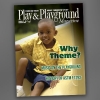


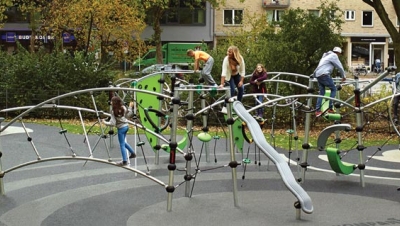
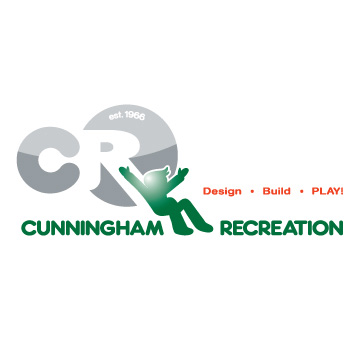







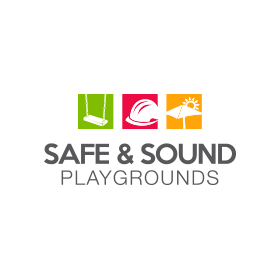




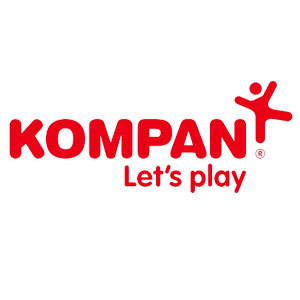
Add new comment